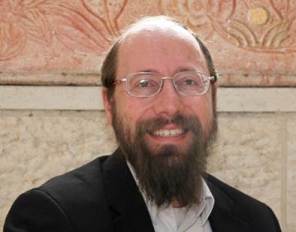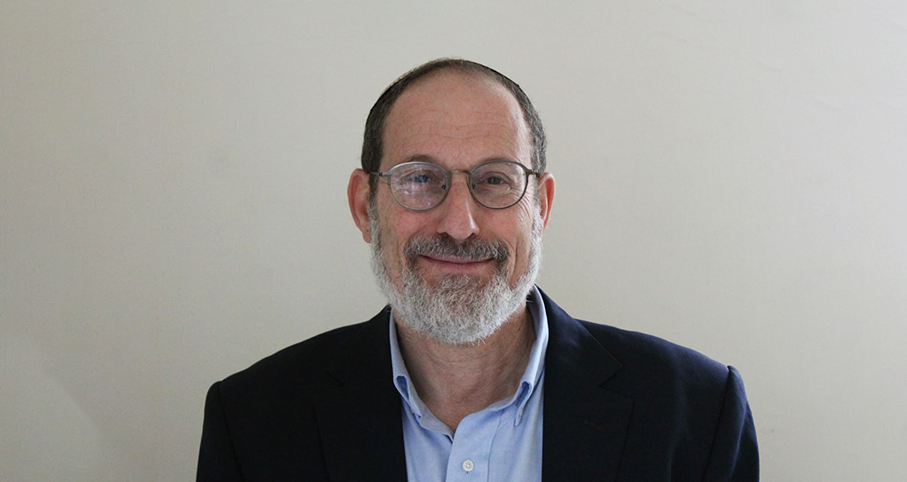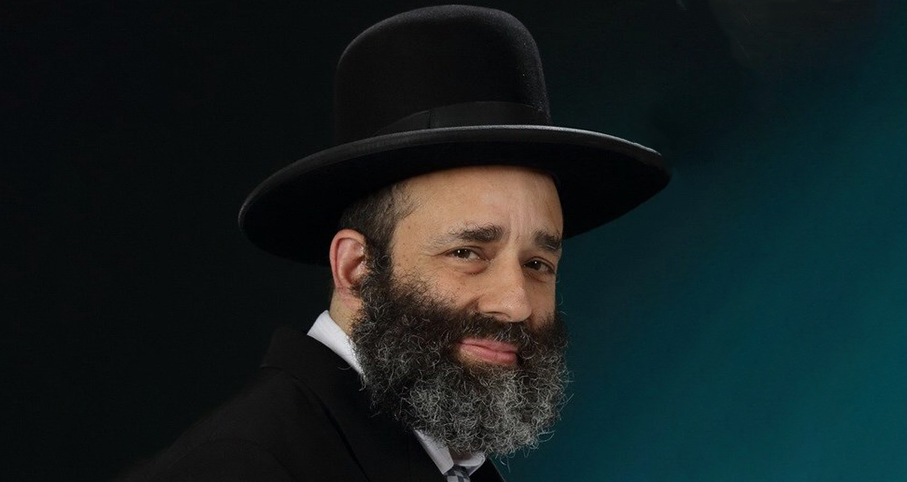Ask the Rabbi
- Family and Society
- Shmitta
- General Questions
Question
Dear Torah and Land Institute,
I have heard some Rabbis refer to areas of present day State of Israel, such as Eilat and Gaza, as "Hutz La’aretz". Some have even told me that Lubavitchers (Israeli Lubavitchers) keep two days of Yom Tov in Eilat since they consider Eilat not to be Eretz-Yisrael proper according to halacha.
I understand that from a Shmita stadpoint, places like Eilat are outside of the area in which the Rabbinic Shmita was instituted during the Second Temple era, however, some insist that any land beyond the boudaries of the Second Temple era is in fact "Hutz La’aretz" just like America is "Hutz La’aretz".
Is it true that places like Eilat are have a halachic status of "Hutz La’aretz" just like America has?
Don’t we still hold today that everything described in Sefer Bereisheet (15:18) is Eretz-Yisrael?
Can you suggest any books which address the true boundaries of Eretz-Yisrael and how Shmita applies or does not apply to those boundaries?
Answer
There are borders promised within which the land is considered Eretz Yisrael concerning settling the Land, ru’ah hakodesh, burial, Rabbinical Smicha and other rulings. Concerning all of these matters, according to all opinions the borders mentioned in Sefer Bereshit are binding and they have kedusha since the promise made to Avraham Aveinu. Concerning the mitzvoth dependent on the Land of Israel there is an additional consideration dependent on the kedusha sheniya that was in the time of Ezra. One must be careful not to confuse the kedusha of Eretz Yisrael and her qualities, and the kedusha of the Land concerning the mitzvoth dependent on the Land. One of Gedolei HaRishonim, Kaftor VePerah, Perek 10, already wrote on this fundamental matter.
The matter of one or two days of Yom Tov is dependent on shelichim, and does not directly pertain to the kedusha of the Eretz Yisrael. There are opinions that even in Eretz Yisrael if the shelichim did not arrive at a particular place, one must keep two days of Yom Tov, as in America. In any event, the matter does not directly pertain to Eretz Yisrael or Hutz La’aretz.
There is a safek concerning Eilat in terms of the mitzvoth dependent on the Land of Israel. Whether or not Eilat has the kedusha of kedusha sheniya is a matter of dispute between the Acharonim and has not been settled. The position of the Chief Rabbinate of Israel has always been that Eilat is safek Eretz Yisrael and that one who wants to work the land during the Shmita year must make a heter mechira. Also additionally it has not been definitively decided how one should relate to the kivush of our time. The Tzitz Eliezer reasons that in our time after the kivush of Eilat it has the status of Eretz Yisrael in every way.
Books on the subject of the borders of the Land of Israel are:
The Talmudic Encyclopedia see entry Eretz Yisrael
Atlas Eretz Yisrael LeGevuloteiha – HaRav Yisrael Ariel
Eretz Hemda – HaGaon Shaul Yisraeli
Eile Masa’ei – HaRav Dan Schwartz
On the subject of the southern border of Eretz Yisrael see HaTorah VeHaAretz, Part 7, The Desert Plain and more
Bircat HaTorah VeHaAretz
HaRav Yehuda HaLevi Amichai
The Torah and Land Institute
K’far Darom/Ashkelon

Shmita-keeping it behidur
Rabbi David Sperling | Sivan 27, 5774

Shmita planting
Various Rabbis | Adar II 18, 5768

Building out during Shemitta
Rabbi Baruch Finkelstein | 17 Av 5767




